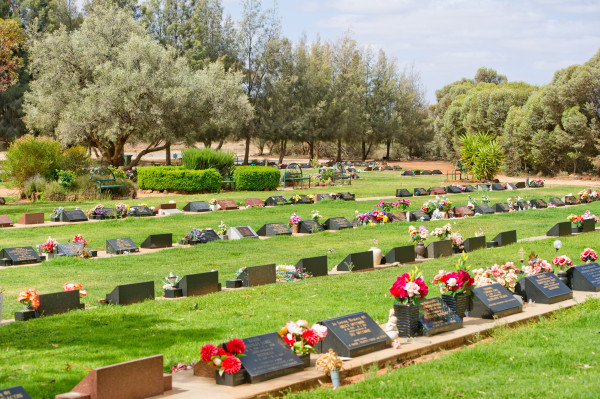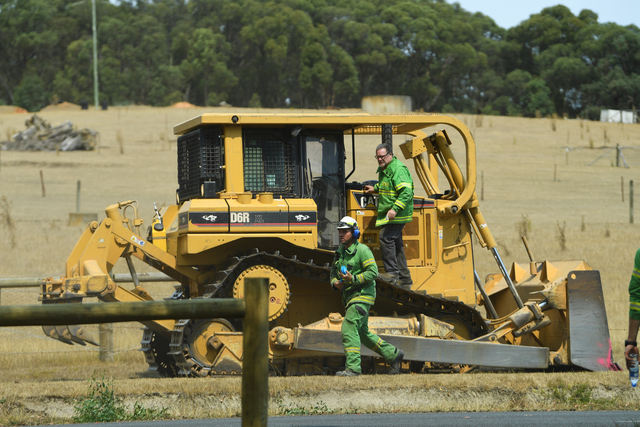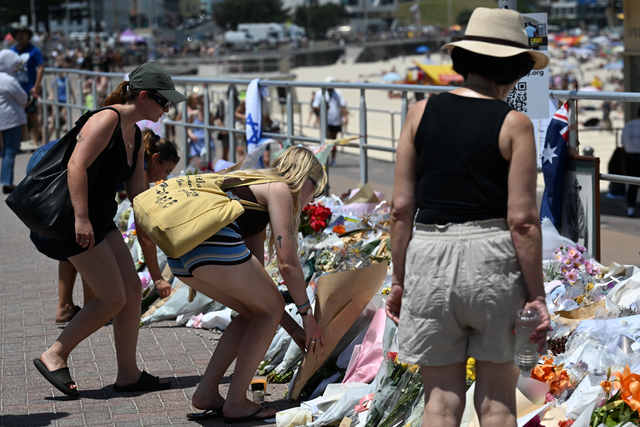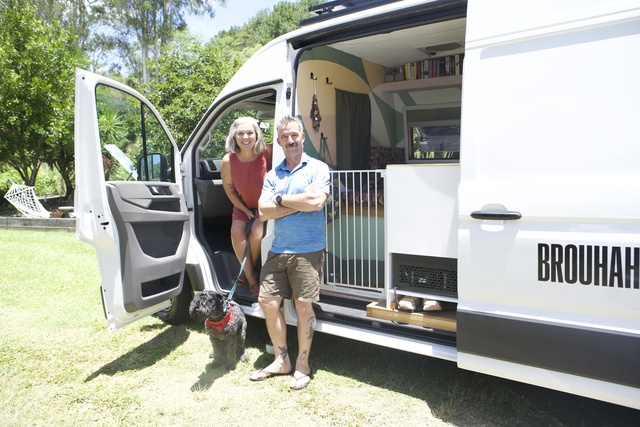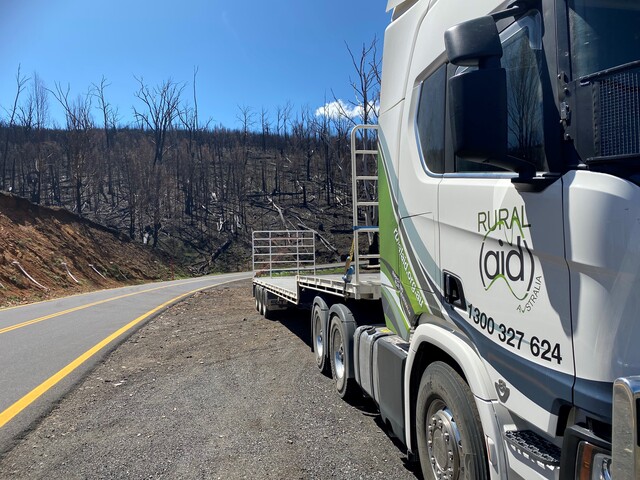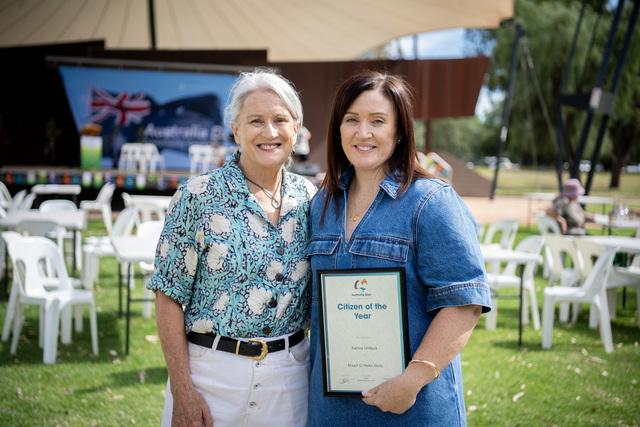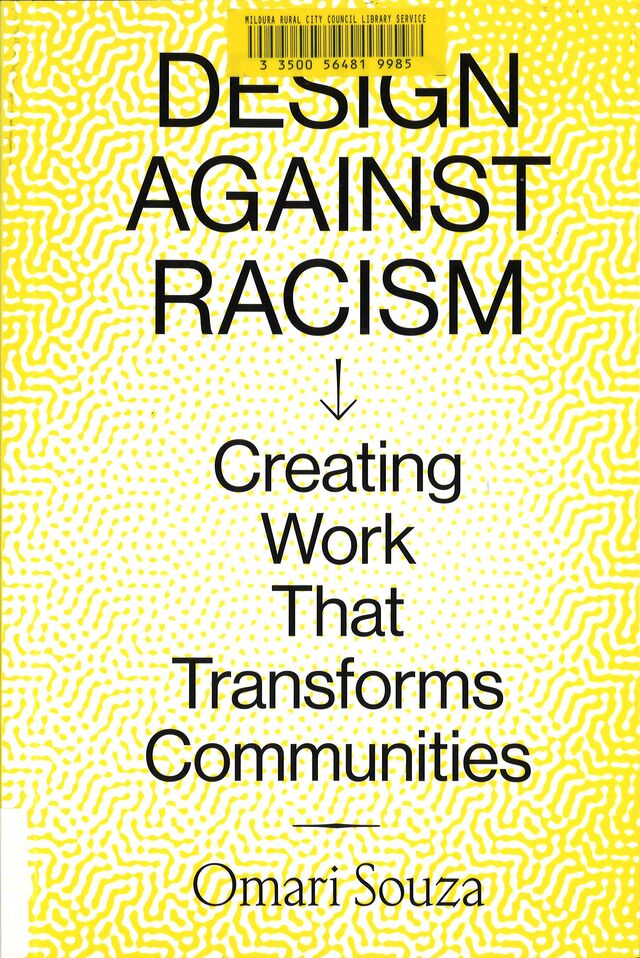The following are case studies in the Victorian Ombudsman’s report into issues surrounding Mildura Cemetery Trust.
Case 1: Mrs A
MRS A was interred in the wrong grave in 2015 and subsequently transferred to the correct site.
The funeral booking confirmation form shows the correct handwritten plot number crossed out with two lines and the incorrect plot number written next to it.
During the funeral, Mrs A’s daughter realised her mother was being buried in the wrong plot and was so upset she needed to be carried away.
A few days later, during the exhumation, Mrs A’s family had to face a second burial, including the likely distress of accompanying the coffin as it was moved to the correct plot.
A cemetery officer gave evidence that there were safety concerns related to moving a suspended coffin from one place to another with the family holding on to or touching the coffin as the deceased was transferred.
The officer gave evidence that Mrs A was buried in the wrong grave because Mr Bock confused two graves that were close together on the same plinth in the lawn section, and the owners of the right of interment had similar first names.
At interview, Mr Bock claimed the privilege against self-incrimination as a lawful basis not to answer questions about the exhumation.
Case 2: Mrs D
THE remains of Mrs D were temporarily interred in an underground concrete chamber before being placed in a new mausoleum that had not been completed at the time of her death.
The cemetery officer said that about three to six months later, Mr Bock instructed staff to move the casket containing Mrs D’s remains into the mausoleum without the appropriate exhumation licence being obtained.
The cemetery officer described having serious concerns about the occupational health and safety issues as the coffin was moved.
In particular, they noted leaking from the base of the coffin.
The cemetery officer commented that they were aware, when moving the casket, that “the body had degenerated mostly to fluid … you could hear it”.
As the cemetery officer knew Mrs D’s family, this was also a distressing personal experience.
As with Mrs A, there is no evidence of a funeral director having been present, as required by the trust’s procedures and the Cemeteries & Crematoria Association of Victoria standards.
The manager recalled that Mr Bock had made him aware that Mrs D was being moved from one location within the cemetery to another, and had incorrectly described the process as a “lift and reposition” rather than an exhumation.
At interview, Mr Bock claimed the privilege against self-incrimination as a lawful basis not to answer questions about the exhumation.
- Cemetery man: ‘I was trying to do the best for the families’
- Blurred lines prolonged cemetery trust problems, says report
- We understand distress over burials, say Aboriginal leaders
Case 3: Mr E
THE remains of Mr E were initially interred into a vault plot in 2010 and exhumed and reinterred in another location within that vault the following year.
After Mr E’s death, the trust officer believes Mrs E wanted her husband interred in a vault, with the intention of purchasing an adjoining plot for her later interment.
The trust officer believes that there were no adjoining vaults available at the time of Mr E’s death, which meant he was interred in a vault that was available with the intention of exhuming him and placing him in another vault when new ones were installed.
The trust officer believed the exhumation would have taken place within a few days either side of the vault purchase in June 2011.
The trust officer provided investigators with paperwork showing Mr E’s body had been exhumed and moved from one vault to another.
The investigation was unable to find any documentation relating to an application or approval for Mr E’s exhumation to take place.
At interview, Mr Bock claimed the privilege against self-incrimination as a lawful basis not to answer questions about the exhumation.
Case 4: Mr F
THE investigation found that in March 2018, Mr Bock opened a grave belonging to Mr F at Nichols Point Cemetery.
Mr F was was enlisted in the Australian Imperial Force and served in both World Wars I and II and was buried in 1959.
Ms G contacted the trust officer by telephone seeking information about a man who was buried in a pauper’s grave in Nichols Point Cemetery, believing the man may have been her father.
In an email in April 2017, Ms G wrote to the trust officer that the only way she could determine whether the man buried in Nichols Point Cemetery was her father was through DNA testing.
Ms G concluded the email by saying, “I would appreciate any help or advice you can give me in this matter, also any
indication of the cost to exhume his body and DNA testing”.
The investigation found no further correspondence relating to the request until February 2018, when the trust officer received a letter from a genetic testing laboratory which requested a 12cm to 15cm femur, metacarpals and teeth (molars) be taken for sampling.
The trust officer attested that Mr Bock was insistent that DNA samples could be obtained under a “lift and reposition”, which did not require an exhumation licence.
The investigation received evidence that Mr Bock invited a number of people to witness the exhumation and that witnesses saw Mr Bock handling Mr F’s bones.
At interview, Mr Bock claimed the privilege against self-incrimination as a lawful basis not to answer questions about the exhumation.
Memorial chairs
BETWEEN 2007 and 2016 Mr Bock used his council mobile phone and email address to privately sell and install memorial chairs, including arranging the various plaques and inscriptions on each chair.
The chairs were made by one of Mr Bock’s relatives, although this fact apparently remained unknown to the Mildura Cemetery Trust until at least 2014.
They were apparently sold and installed during Mr Bock’s ordinary work hours and continued even after he was instructed to stop installing the seats.
In total, 175 chairs were installed during Mr Bock’s tenure.
A former trust chair told investigators she was concerned about the number of seats being installed, saying they were appearing “like mushrooms after spring rain”.
None of the money made by selling the chairs went to the trust and Mr Bock claimed he passed the money entirely to his relative.
The cost of the seats ranged from $260 to $620, including cemetery permit.
Mr Bock’s council manager said that in late 2014 or early 2015 he told him to stop selling the seats, but did not take further steps to confirm that was the case.

